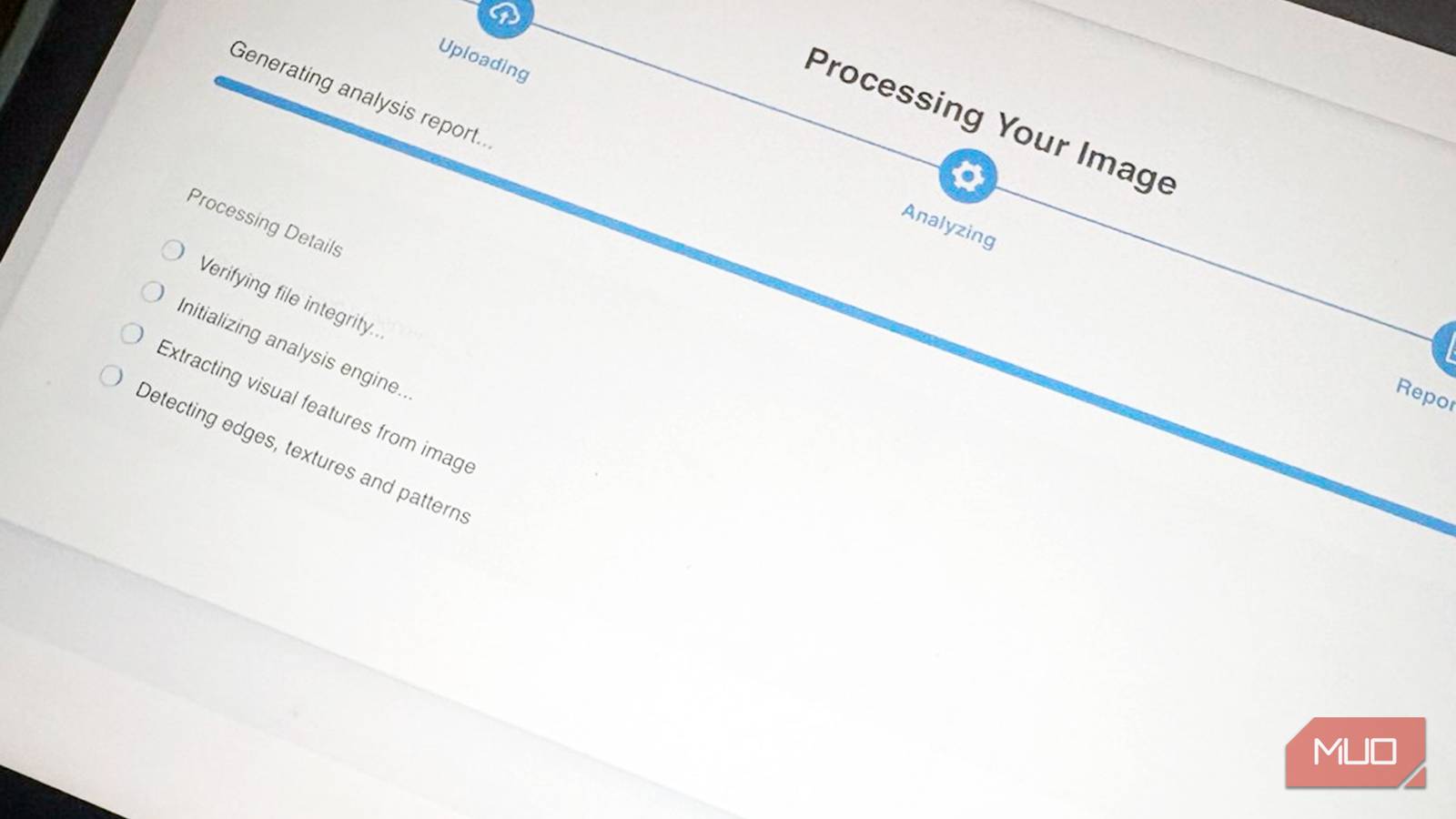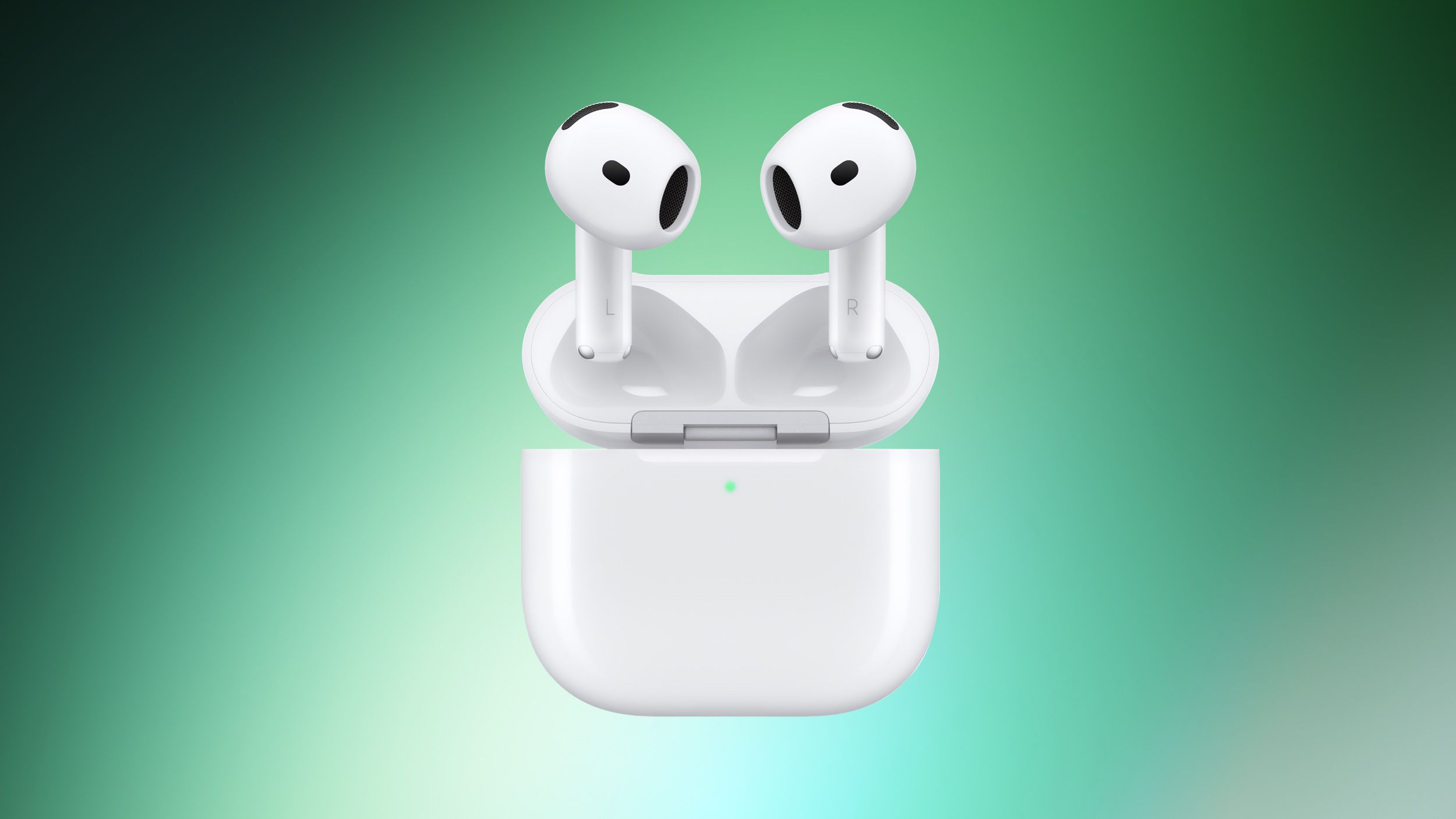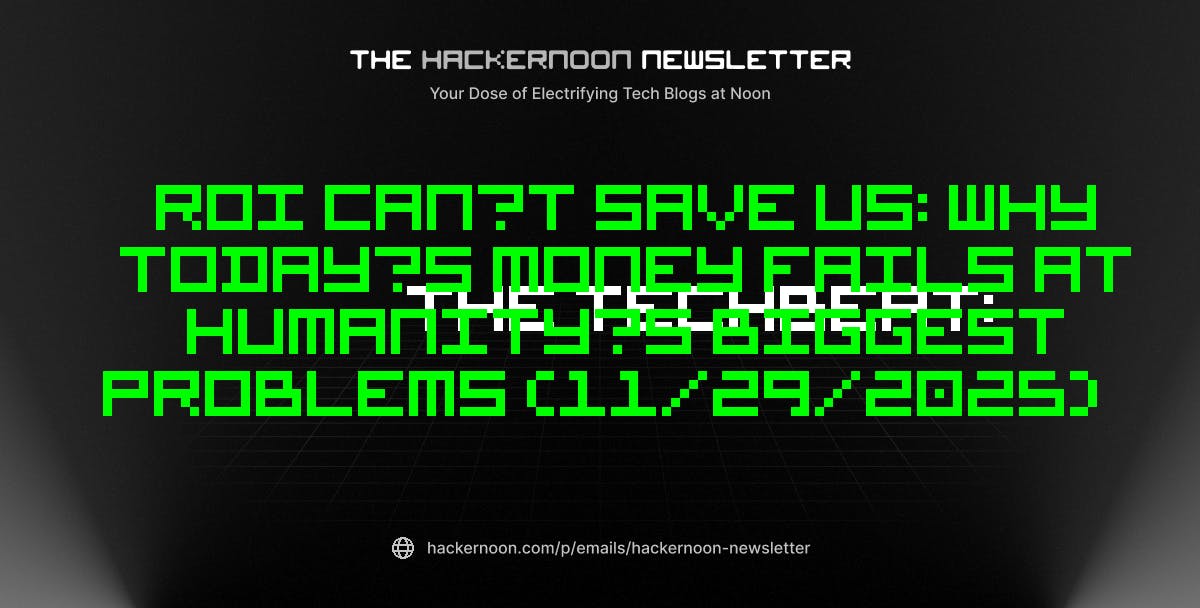n
:::info
All Images in this article are AI-generated for free.
:::
The quantum computing world is changing fast, and I’ve found something that’s got me genuinely excited.
:::tip
Meet Guppy – a quantum programming language that’s making me rethink everything I thought I knew about coding for quantum computers.
:::
What Makes This Different
:::warning
Let me be straight with you – most quantum programming feels like trying to build a spaceship with stone tools.
:::
You’re dealing with circuits, gates, and low-level operations that make your brain hurt.
But Guppy?
:::tip
It’s like someone finally gave us proper tools for the job.
:::
The Python Connection That Actually Works
• Familiar but Powerful: Guppy looks and feels like Python, but it’s built from the ground up for quantum computing
• No More Circuit Headaches: Instead of manually placing quantum gates, you write code that actually makes sense
• Real Programming Logic: You can use if/then statements and loops – things that should be obvious but somehow weren’t in quantum programming before
Why This Matters Right Now
The quantum computing field has been stuck in a weird place. We had languages that were either:
- Too low-level (making you think like a quantum circuit)
- Too academic (great for research, terrible for real applications)
- Too tied to specific hardware (good luck moving between systems)
Guppy changes all this completely.
Guppy vs Qiskit: The Real Comparison
I’ve been using Qiskit for years, and it’s served me well.
IBM’s done amazing work building the quantum ecosystem.
But when I compare the two approaches side by side, the differences are striking.
Let’s Look at Real Code
Instead of just talking theory, let me show you four practical examples that demonstrate why I’m switching to Guppy.
Each one solves a real quantum computing problem, and I’ll explain what’s happening for those new to quantum programming.
Example 1: Quantum Teleportation – Moving Information Through Quantum Space

Quantum teleportation isn’t science fiction – it’s a real technique for transferring quantum information from one place to another using the weird properties of quantum entanglement.
Think of it as securely moving data in a way that’s impossible to intercept.
Qiskit
from qiskit import QuantumCircuit, QuantumRegister, ClassicalRegister
def quantum_teleportation():
# Create quantum and classical registers
qr = QuantumRegister(3, 'q')
cr = ClassicalRegister(3, 'c')
qc = QuantumCircuit(qr, cr)
# Prepare message state (example: |1⟩)
qc.x(qr[0])
# Create entangled pair
qc.h(qr[1])
qc.cx(qr[1], qr[2])
# Bell measurement
qc.cx(qr[0], qr[1])
qc.h(qr[0])
qc.measure(qr[0], cr[0])
qc.measure(qr[1], cr[1])
# Apply corrections
qc.cx(qr[1], qr[2])
qc.cz(qr[0], qr[2])
return qc
Guppy
@guppy.quantum
def quantum_teleportation(message_qubit: Qubit, alice_qubit: Qubit, bob_qubit: Qubit) -> Qubit:
# Create entangled pair between Alice and Bob
alice_qubit.h()
alice_qubit.cnot(bob_qubit)
# Alice's measurements
message_qubit.cnot(alice_qubit)
message_qubit.h()
m1 = measure(message_qubit)
m2 = measure(alice_qubit)
# Bob's corrections based on Alice's measurements
if m2:
bob_qubit.x()
if m1:
bob_qubit.z()
return bob_qubit
Guppy Wins
- Natural Flow Control: See those
ifstatements in Guppy? That’s real-time decision making based on quantum measurements. In Qiskit, you have to pre-plan everything. - Readable Logic: The Guppy version reads like a story – create entanglement, make measurements, apply corrections. The Qiskit version requires you to think in terms of circuit registers and gate operations.
- Type Safety: Guppy knows what a
Qubitis and helps you use it correctly. Qiskit treats everything as circuit positions. - Beginner-Friendly: I know how much I struggled with Qiskit initially.
- Intuitive: Of the two, Guppy is definitely more Pythonic.
Example 2: Variational Quantum Eigensolver (VQE) – The Bridge Between Quantum and Classical

VQE is huge in quantum computing because it solves real problems like drug discovery and materials science.
It uses quantum computers to explore molecular structures while classical computers optimize the process.
This hybrid approach is where quantum advantage might first appear.
Qiskit
from qiskit.circuit import QuantumCircuit, Parameter
from qiskit_algorithms import VQE
from qiskit.primitives import Estimator
def create_vqe_ansatz(num_qubits):
qc = QuantumCircuit(num_qubits)
parameters = [Parameter(f'θ{i}') for i in range(2 * num_qubits)]
# First layer of RY gates
for i in range(num_qubits):
qc.ry(parameters[i], i)
# Entangling layer
for i in range(num_qubits - 1):
qc.cx(i, i + 1)
# Second layer of RY gates
for i in range(num_qubits):
qc.ry(parameters[i + num_qubits], i)
return qc
def run_vqe(hamiltonian, ansatz):
estimator = Estimator()
vqe = VQE(estimator, ansatz)
result = vqe.compute_minimum_eigenvalue(hamiltonian)
return result
Guppy
@guppy.quantum
def vqe_ansatz(qubits: List[Qubit], parameters: List[float]) -> List[Qubit]:
for i, qubit in enumerate(qubits):
qubit.ry(parameters[i])
for i in range(len(qubits) - 1):
qubits[i].cnot(qubits[i + 1])
for i, qubit in enumerate(qubits):
qubit.ry(parameters[i + len(qubits)])
return qubits
@guppy.classical
def optimize_vqe(hamiltonian, initial_params):
best_energy = float('inf')
best_params = initial_params
for iteration in range(100):
energy = measure_energy(hamiltonian, best_params)
if energy < best_energy:
best_energy = energy
best_params = update_parameters(best_params, energy)
return best_params, best_energy
Guppy Advantages
-
Hybrid Programming Made Natural:
-
Guppy’s
@guppy.quantumand@guppy.classicaldecorators make it crystal clear what runs where. -
The quantum-classical boundary just makes sense.
-
Direct Parameter Handling:
-
In Guppy, parameters flow naturally between functions.
-
Qiskit requires you to manage Parameter objects and worry about circuit construction details.
-
Optimization Integration:
-
The Guppy version shows how quantum and classical code work together in the same language.
-
Qiskit pushes you toward separate libraries and more complex abstractions.
-
Clear Separation of Processing: The decorators could be the rreal secret to demonstrating true quantum advantage.
-
Clearly separting processing allows for separate accelerators in the same program.
-
With integration for CUDA-Q built in, Guppy is a strong contender for hyper-acceleration.
Example 3: Quantum Error Correction – Making Quantum Computers Reliable
 Quantum computers are fragile; quantum states can be destroyed by even the slightest disturbances.
Quantum computers are fragile; quantum states can be destroyed by even the slightest disturbances.
Error correction codes protect quantum information by storing it across multiple qubits and detecting when something goes wrong.
This is essential for practical quantum computing.
Qiskit
from qiskit import QuantumCircuit, QuantumRegister, ClassicalRegister
def three_qubit_error_correction():
# Create registers
data_qr = QuantumRegister(3, 'data')
syndrome_qr = QuantumRegister(2, 'syndrome')
syndrome_cr = ClassicalRegister(2, 'syndrome_measure')
qc = QuantumCircuit(data_qr, syndrome_qr, syndrome_cr)
# Encoding
qc.cx(data_qr[0], data_qr[1])
qc.cx(data_qr[0], data_qr[2])
# Add noise (example)
qc.x(data_qr[1]) # Simulate bit flip error
# Syndrome measurement
qc.cx(data_qr[0], syndrome_qr[0])
qc.cx(data_qr[1], syndrome_qr[0])
qc.cx(data_qr[1], syndrome_qr[1])
qc.cx(data_qr[2], syndrome_qr[1])
qc.measure(syndrome_qr, syndrome_cr)
# Conditional corrections
qc.x(data_qr[0]).c_if(syndrome_cr, 1)
qc.x(data_qr[1]).c_if(syndrome_cr, 3)
qc.x(data_qr[2]).c_if(syndrome_cr, 2)
return qc
Guppy
@guppy.quantum
def three_qubit_error_correction(data_qubit: Qubit) -> Qubit:
# Create auxiliary qubits
aux1, aux2 = new_qubit(), new_qubit()
# Encode
data_qubit.cnot(aux1)
data_qubit.cnot(aux2)
# Syndrome measurement
syndrome1 = measure(data_qubit.cnot(aux1))
syndrome2 = measure(aux1.cnot(aux2))
# Error correction based on syndrome
if syndrome1 and not syndrome2:
data_qubit.x() # Error on data qubit
elif not syndrome1 and syndrome2:
aux1.x() # Error on aux1
elif syndrome1 and syndrome2:
aux2.x() # Error on aux2
# Decode
data_qubit.cnot(aux1)
data_qubit.cnot(aux2)
return data_qubit
Guppy Again
-
Real-Time Decision Making:
-
The error correction logic in Guppy is straightforward – measure the syndrome, then decide what to fix.
-
Qiskit’s conditional operations feel bolted on.
-
Resource Management:
-
Guppy handles qubit creation and cleanup automatically.
-
Qiskit makes you manage registers and worry about circuit structure.
-
Future-Proof Design:
-
This kind of dynamic error correction is exactly what practical quantum computers will need.
-
Guppy makes it natural to write.
-
Today’s Biggest Problem:
-
The biggest reason for the lack of quantum advantage is errors in quantum computers.
-
Correcting them is critical to the future!
Example 4: Quantum Fourier Transform – The Heart of Quantum Algorithms

What This Does:
The Quantum Fourier Transform is like the Swiss Army knife of quantum algorithms.
It’s the key component in Shor’s algorithm (which could break internet encryption) and many other important quantum algorithms.
It transforms quantum information in ways that reveal hidden patterns.
Qiskit
from qiskit import QuantumCircuit
import numpy as np
def quantum_fourier_transform(n_qubits):
qc = QuantumCircuit(n_qubits)
for i in range(n_qubits):
qc.h(i)
for j in range(i + 1, n_qubits):
angle = 2 * np.pi / (2 ** (j - i + 1))
qc.cp(angle, j, i)
# Reverse qubit order
for i in range(n_qubits // 2):
qc.swap(i, n_qubits - 1 - i)
return qc
Guppy
@guppy.quantum
def quantum_fourier_transform(qubits: List[Qubit]) -> List[Qubit]:
n = len(qubits)
for i in range(n):
qubits[i].h()
for j in range(i + 1, n):
angle = 2 * pi / (2 ** (j - i + 1))
controlled_phase(qubits[j], qubits[i], angle)
# Reverse qubit order
for i in range(n // 2):
swap(qubits[i], qubits[n - 1 - i])
return qubits
@guppy.quantum
def controlled_phase(control: Qubit, target: Qubit, angle: float):
if measure_z(control):
target.phase(angle)
The Clarity Difference
-
Algorithm Focus:
-
The Guppy version lets you focus on the mathematical structure of the QFT.
-
The Qiskit version makes you think about circuit construction.
-
Custom Operations:
-
Notice how Guppy lets me define
controlled_phaseas a natural function. -
This kind of abstraction makes complex algorithms much more manageable.
-
Mathematical Intuition:
-
The Guppy code reads almost like the mathematical definition of the QFT.
-
That’s powerful for algorithm development.
-
The True Power of Quantum:
-
The QFT is the backbone behind the most advanced quantum algorithms today.
-
Intuitive QFT processing could lead to breakthroughs in multiple algorithms.
Why This Matters

The Hardware-Agnostic Promise
• Future-Proof Code: Write once, run on different quantum computers
• No Vendor Lock-in: Your algorithms aren’t tied to IBM, Google, or any specific hardware
• Focus on Problems: Spend time solving real problems instead of wrestling with hardware quirks
The Python Ecosystem Advantage
:::tip
The integration with Python’s vast ecosystem is a game-changer for the entire industry!
:::
• NumPy Integration: Your quantum data flows seamlessly with classical numerical computing
• Machine Learning Libraries: Combine quantum algorithms with TensorFlow, PyTorch, or scikit-learn naturally
• Visualization Tools: Use matplotlib, plotly, and other Python visualization libraries without friction
• Data Processing: pandas, SciPy, and other data science tools work naturally with quantum results
Real-Time Control Flow Changes Everything
This isn’t just about prettier syntax.
:::tip
The ability to make real-time decisions based on quantum measurements opens up entirely new categories of algorithms:
:::
• Adaptive Quantum Algorithms: Programs that change behavior based on intermediate results
• Dynamic Error Correction: Error correction that adapts to the actual errors occurring
• Intelligent Resource Management: Algorithms that optimize their own qubit usage
Current Limitations (Being Honest Here)
 I’m excited about Guppy, but let’s be realistic about where it stands today:
I’m excited about Guppy, but let’s be realistic about where it stands today:
Ecosystem Maturity
• Smaller Community: Fewer tutorials, examples, and Stack Overflow answers than Qiskit
• Limited Libraries: The ecosystem is growing but not yet as rich as established frameworks
• Documentation: Still expanding, though what exists is high quality
Hardware Integration
• Quantinuum Focus: Currently optimized for Quantinuum systems, though designed for broader compatibility
• Growing Hardware Support: Other hardware integrations are coming but not yet as extensive as Qiskit’s
Learning Resources
• Newer Language: Fewer books, courses, and learning materials available
• Community Size: Smaller developer community means less community support
The Real-World Impact

Research Applications
The early adopters I know are using Guppy for:
• Quantum Chemistry: VQE algorithms for molecular simulation
• Optimization Problems: QAOA implementations for logistics and scheduling
• Machine Learning: Quantum-classical hybrid models for pattern recognition
Industry Interest
Companies are taking notice because:
• Faster Development: Algorithms that took weeks to implement in Qiskit can be prototyped in days with Guppy
• Better Maintainability: Code that’s actually readable six months later
• Team Onboarding: Python developers can contribute to quantum projects without months of quantum circuit training
Why I’m Making the Switch

The Quantum Advantage Timeline
We’re at a critical moment in quantum computing.
The first practical quantum advantages are likely to come from:
- Hybrid Algorithms: Combining quantum and classical processing
- Error-Corrected Systems: Quantum computers that can run long, complex algorithms
- Application-Specific Solutions: Quantum algorithms designed for specific real-world problems
Guppy is positioned perfectly for this future.
Its design assumptions match where quantum computing is heading.
The Developer Experience Revolution
:::info
I’ve spent years fighting with quantum programming languages that felt like they were designed by physicists for physicists.
:::
:::tip
Guppy feels like it was designed by programmers who understand both quantum mechanics and software engineering.
:::
• Debugging That Works: When something goes wrong, you get meaningful error messages .
• Code That Scales: Large quantum programs remain manageable .
• Team Development: Multiple people can work on the same quantum codebase without chaos.
The Practical Bottom Line
Here’s what’s convinced me to make Guppy my primary quantum programming language:
- I’m More Productive: I can implement and test quantum algorithms faster than ever before.
- My Code is More Reliable: Compile-time checks catch errors before they become runtime headaches.
- I Can Focus on Problems: Less time wrestling with the language, more time solving real quantum computing challenges.
- It’s Actually Fun: For the first time, quantum programming feels creative rather than frustrating!
The Future is Quantum-Native

The quantum computing revolution isn’t just about building better quantum computers – it’s about building better tools for quantum programmers.
:::info
Guppy represents a fundamental shift from “quantum programming as circuit design” to “quantum programming as software development.”
:::
While Qiskit will continue to be important, especially for hardware-specific optimization and research, I believe the future belongs to quantum-native languages like Guppy.
They make quantum computing accessible to a broader community of developers and enable the kind of rapid innovation we need to solve real-world problems.
The examples I’ve shown here are just the beginning!
As quantum computers become more powerful and error correction improves, the algorithms we can implement will become dramatically more sophisticated.
:::tip
Having a programming language designed for that future – rather than adapted from the circuit-based past – is going to make all the difference.
:::
If you’re serious about quantum computing, it’s time to give Guppy a serious look.
The learning curve is gentle if you know Python, but the capabilities are transformative.
This isn’t just another quantum programming framework – it’s the foundation for the next generation of quantum software development.
The quantum future is coming faster than most people realize, and having the right tools will determine who gets to participate in building it.
:::tip
Guppy gives us those tools, and I couldn’t be more excited about what we’re going to build with them.
:::

References
Official Guppy Documentation and Resources
- https://docs.quantinuum.com/guppy/ Official Quantinuum documentation for Guppy quantum programming language with comprehensive guides, API references, and tutorials.
- https://docs.quantinuum.com/guppy/getting_started.html Getting started guide with quantum teleportation example showing Guppy’s Pythonic syntax and real-time control flow capabilities.
Quantinuum Official Blog Posts
- https://www.quantinuum.com/blog/guppy-programming-the-next-generation-of-quantum-computers Official introduction to Guppy highlighting its quantum-first design, Python embedding, and powerful compile-time abstractions.
- https://www.quantinuum.com/blog/built-for-all-introducing-our-new-software-stack Announcement of Quantinuum’s new software stack featuring Guppy and Selene for next-generation quantum computing applications.
IBM Qiskit Official Resources
- https://www.ibm.com/quantum/qiskit IBM’s main Qiskit page describing quantum programming tools, circuit optimization, and primitives for quantum computing.
- https://quantum.cloud.ibm.com/docs/en Comprehensive IBM Quantum Documentation covering Qiskit programming patterns, tutorials, and quantum circuit development.
- https://quantum.cloud.ibm.com/docs/en/tutorials/hello-world IBM’s Hello World tutorial demonstrating the four-step Qiskit programming pattern for quantum circuit development.
- https://learning.quantum.ibm.com/learning-path/getting-started-with-qiskit IBM Quantum Learning platform with foundational Qiskit programming tutorials for quantum circuit simulation and execution.

:::info
Claude Sonnet 4 was used for early drafts of this article.
You can access it here:
https://claude.ai/
:::
:::info
NightCafe Studio was used for every image in this article for free.
Link to access it:
https://creator.nightcafe.studio/explore
:::










